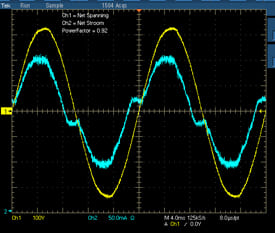U23I1R1/WLDT1
CRI 90
Most of our products are also available in CRI (Ra) 90.
LLMF
The figure that reflects the drop in luminous flux of the light source (LLMF) takes into account failing LEDs, and deterioration of the light output over time. How do we determine this LLMF? We distinguish between the service life of LEDs at the component level and at the luminaire level.
At the component level we take into account the gradual deterioration of the luminous flux of the LEDs (parametric failure or B-lifetime), and the potential breakdown of LEDs (catastrophic failure or C-lifetime). At the luminaire level the complete failure of a luminaire is not relevant (see Luminaire Survival Factor). The LLMF corresponds with the B-lifetime at the luminaire level and hence takes on board the parametric as well as catastrophic failure of the individual LEDs in the luminaires.
In order to achieve an accurate, reliable LLMF for our luminaires, we carry out a ‘principal component analysis’:
- We determine the parametric failure at the component level in accordance with objective LM80/TM21.
- We are unable to calculate the catastrophic failure, but prefer to collaborate with manufacturers who make accurate data available. Whenever no measurement data are offered, we depend on electronic reliability models (MIL-HBK-217F)
UGR
Unified Glare Rating
This is an approximate model expressing the risk of glare.
The standard values range from UGR 16 (low risk of glare) to UGR 28.
In the standard for workplace lighting EN12464-1, limit values for UGR are imposed for various rooms.

Quick downloads
Photometric data
- DIALux ULD
- Eulumdat LDT
Tender description
- Tender description
- Tender description with picture
Product description
Product data sheet




